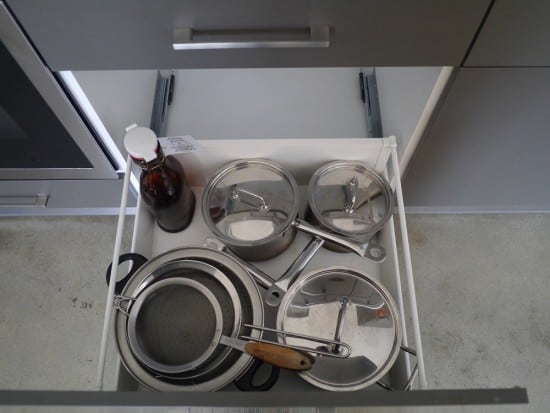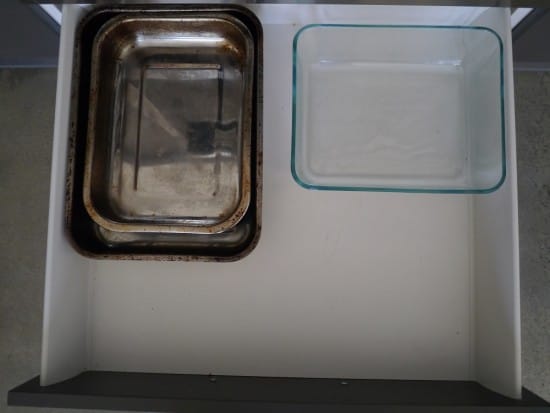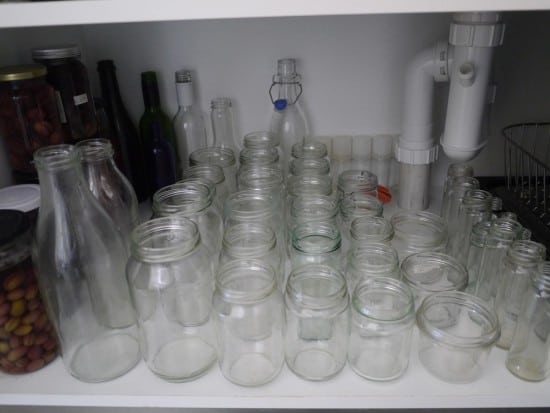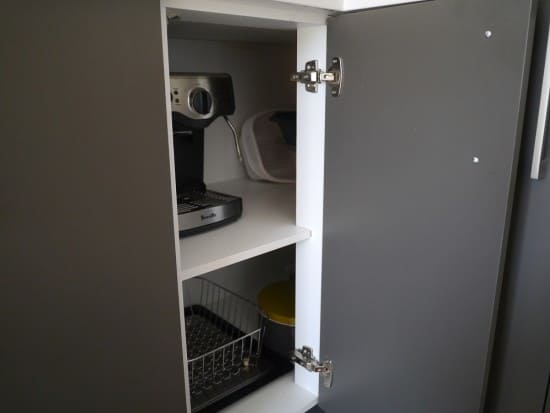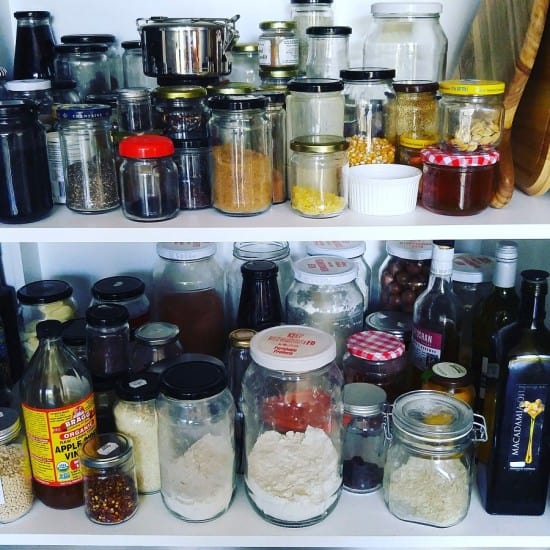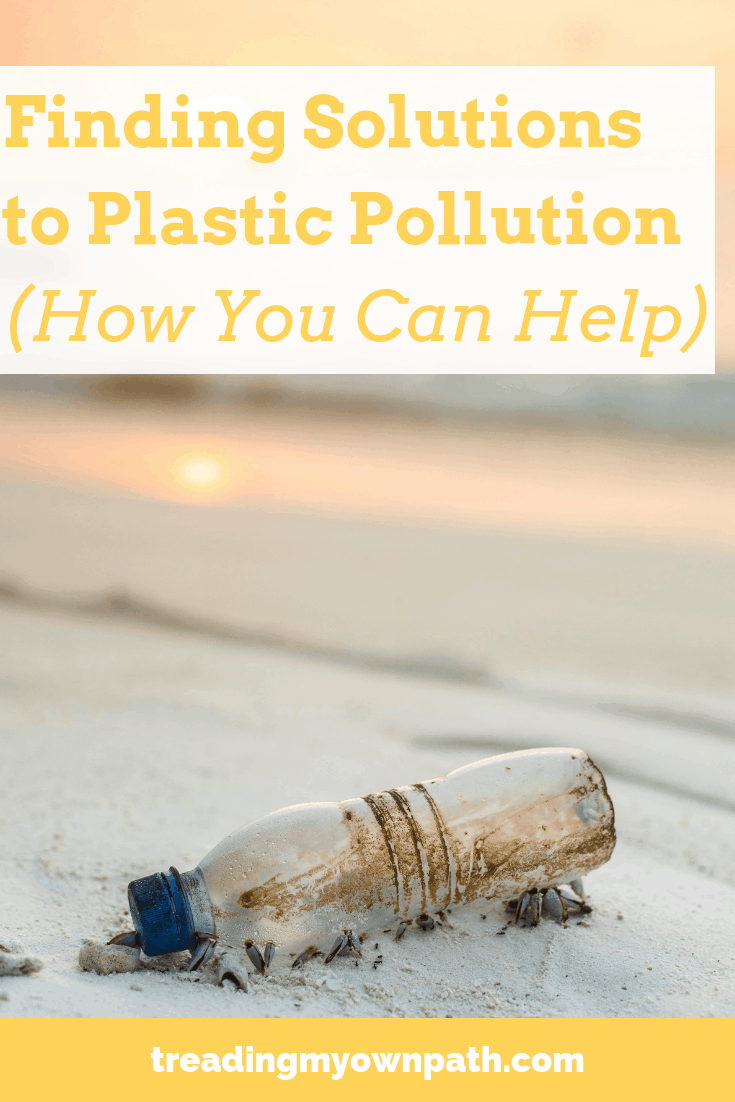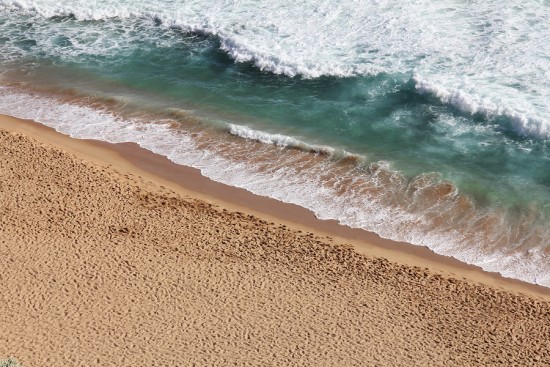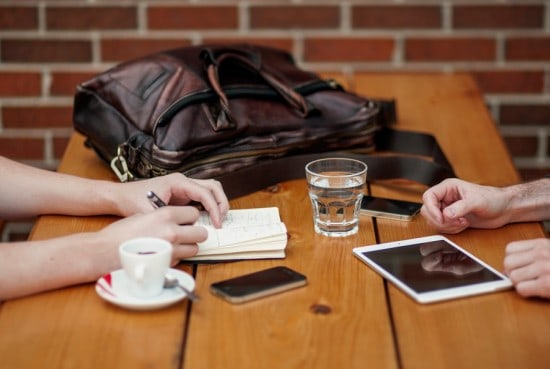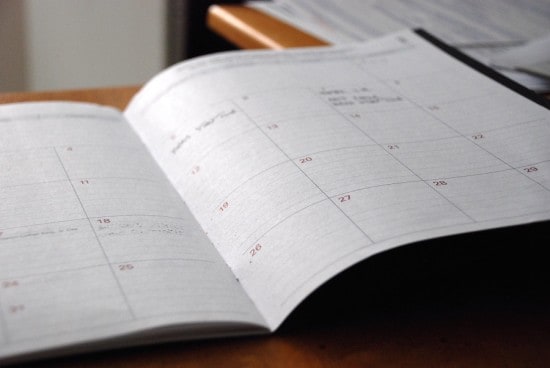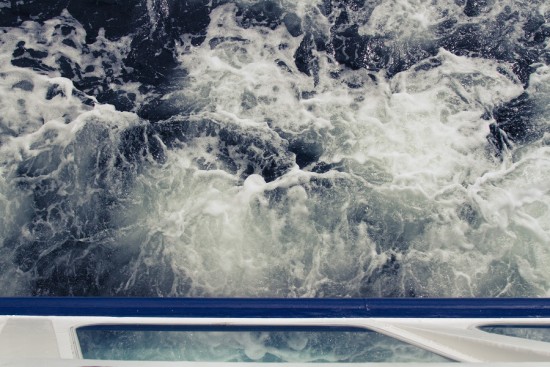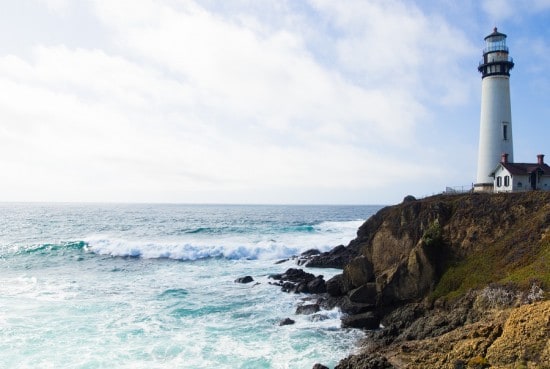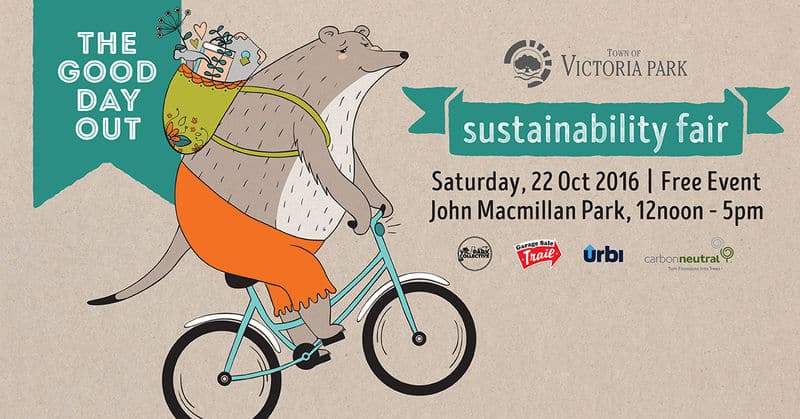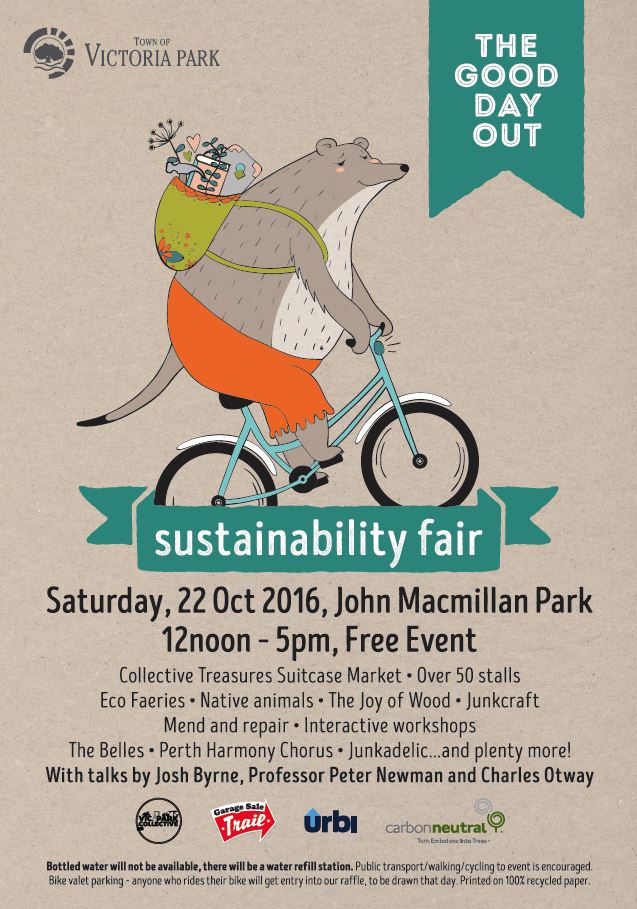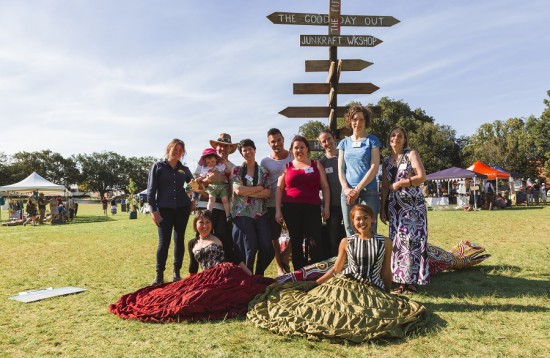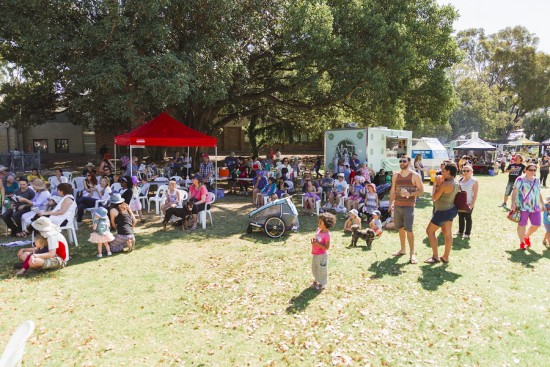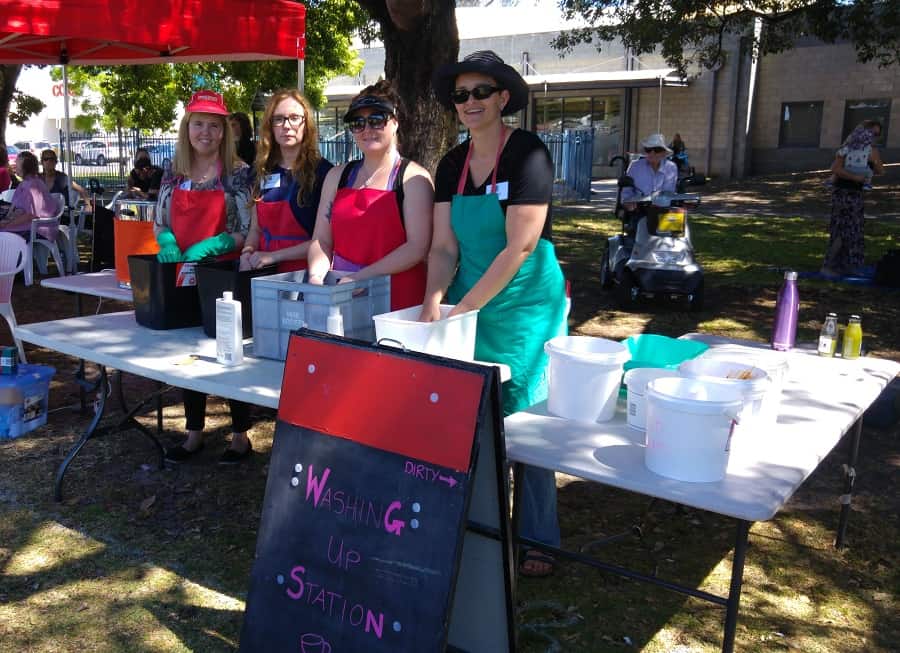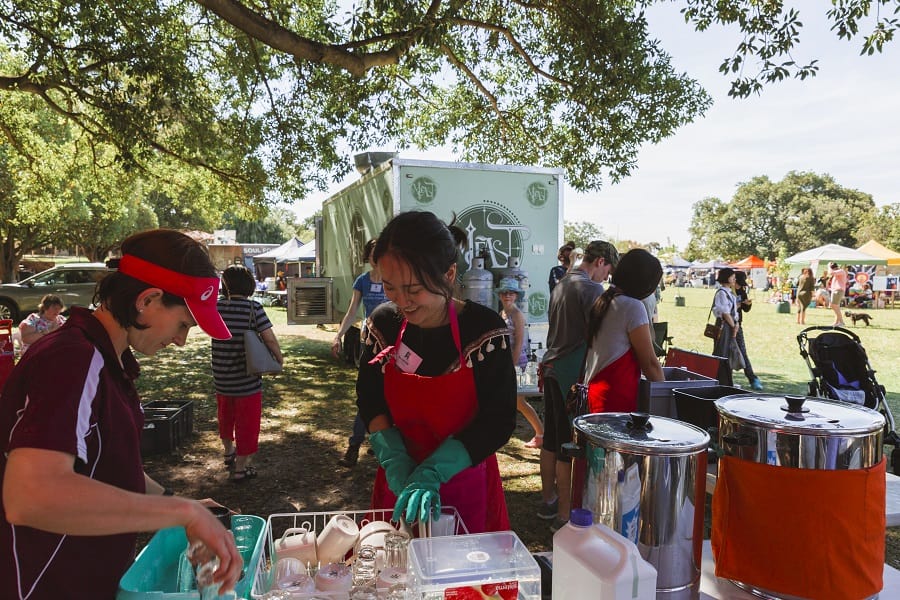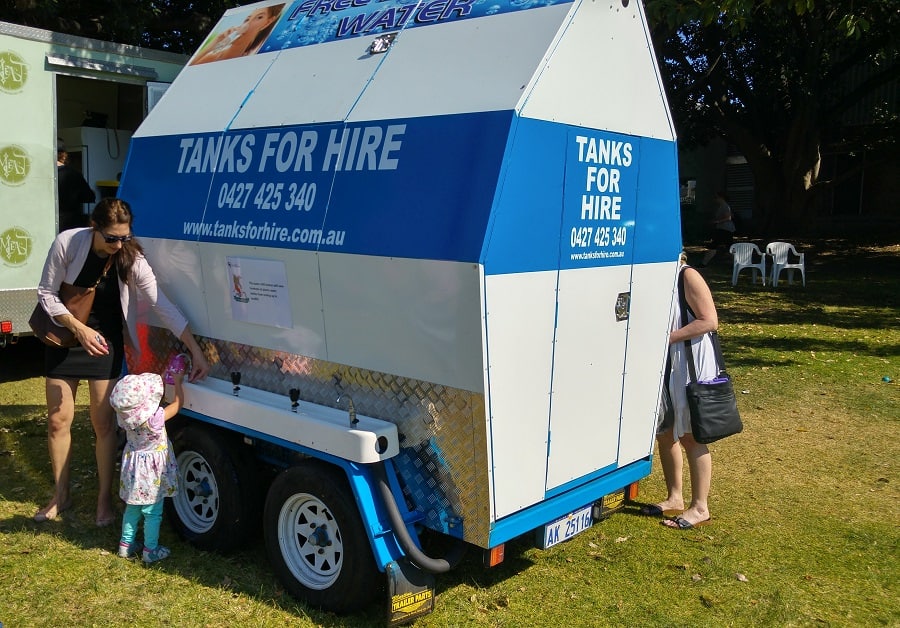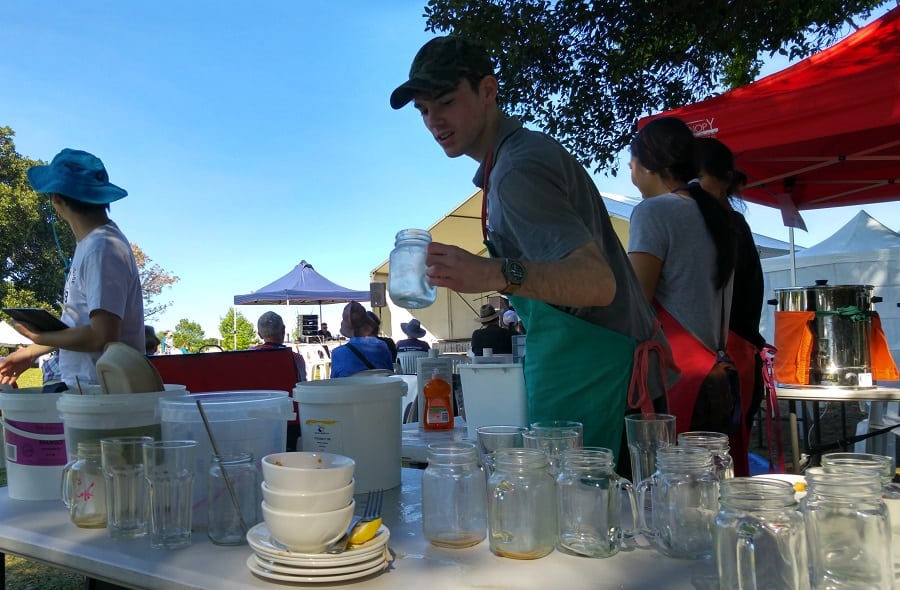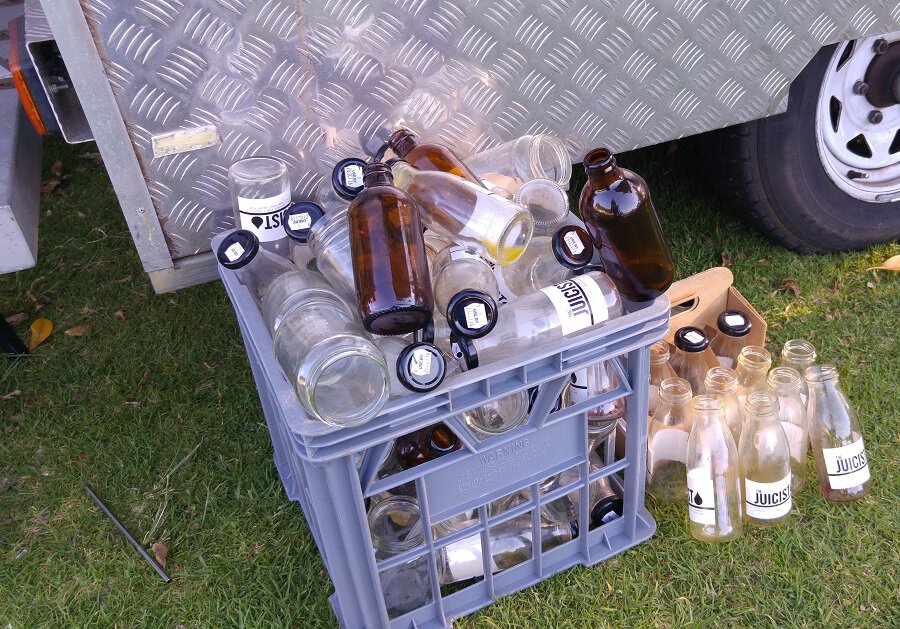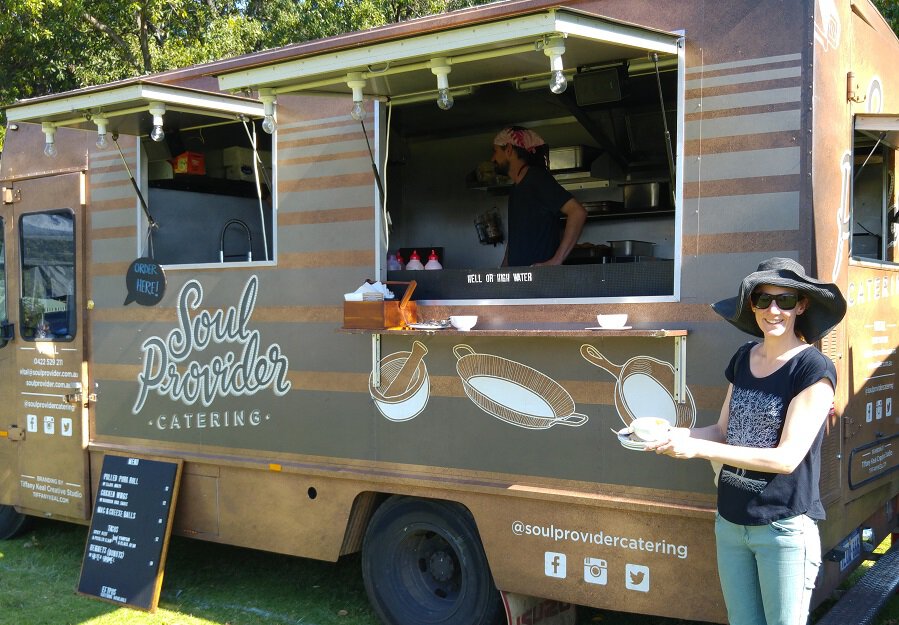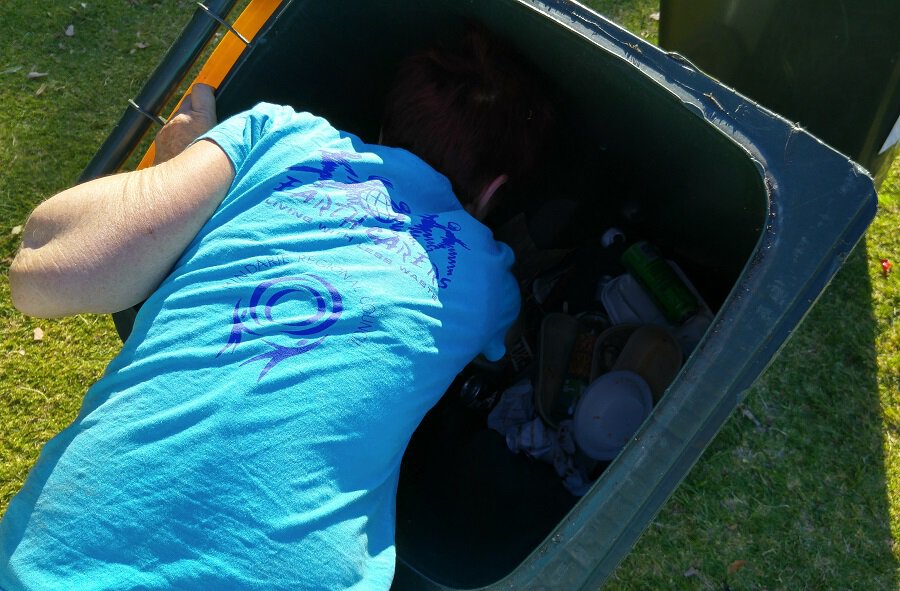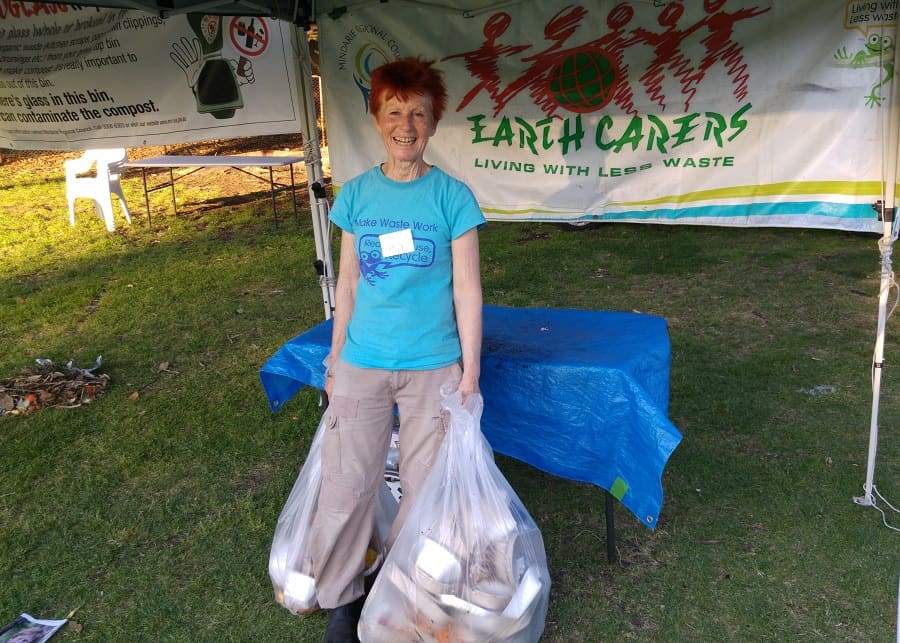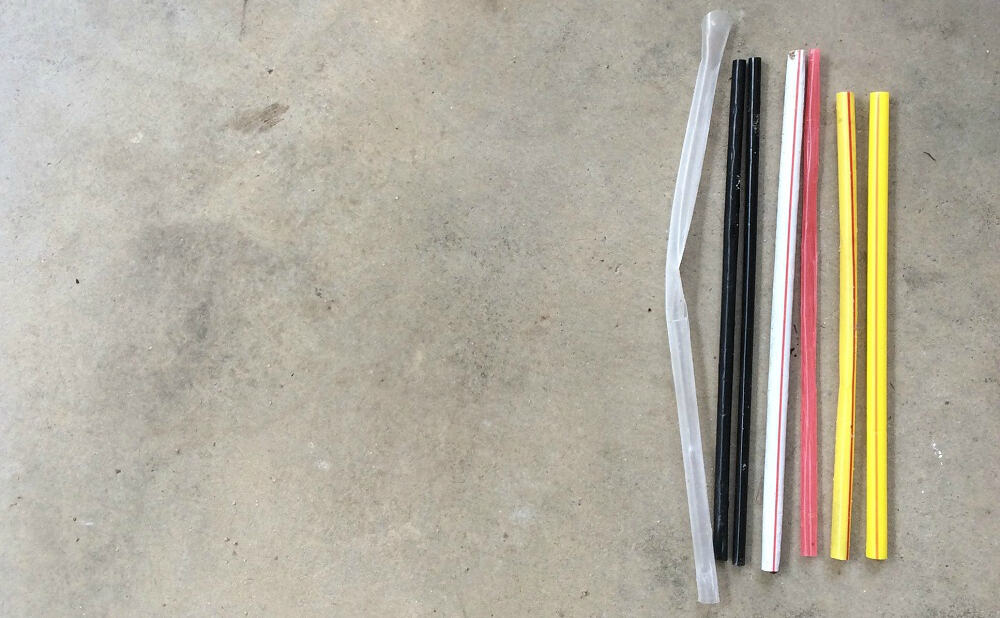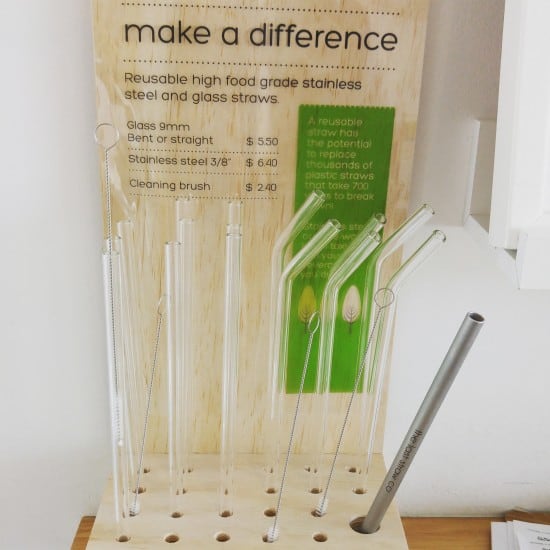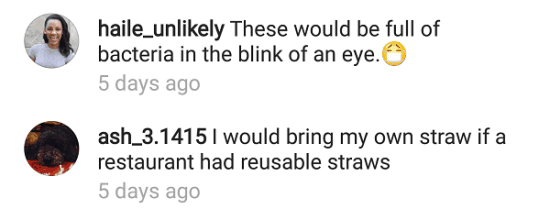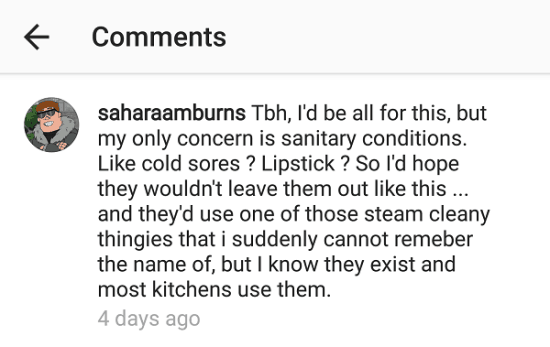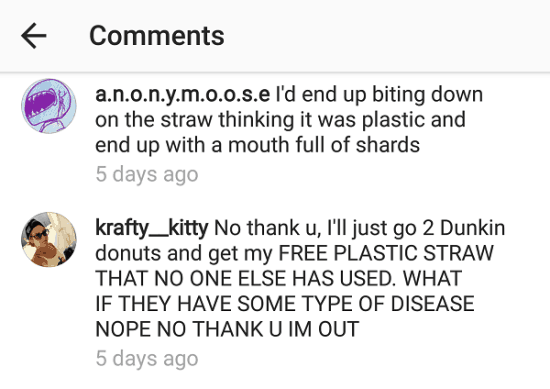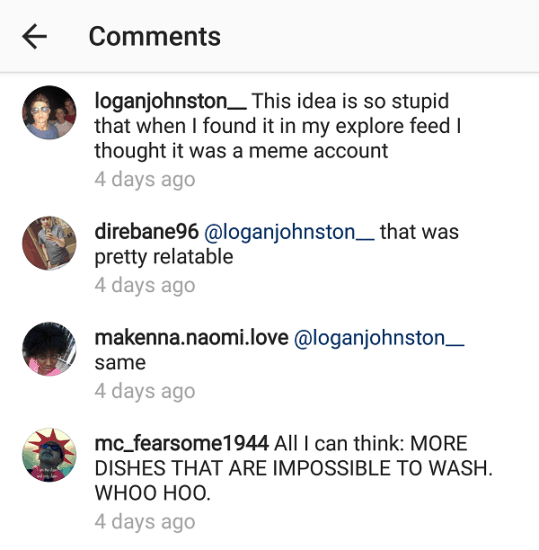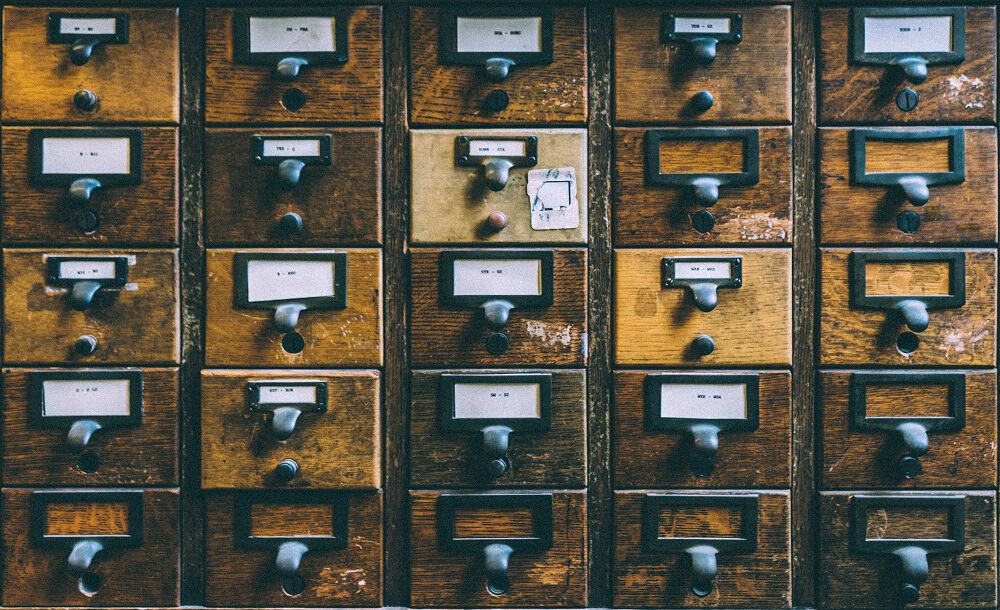5 Reasons to Choose Second-Hand (+ What My Second-Hand Home Looks Like)
Perth is apparently the most isolated city in the world. With isolation comes lack of choice. I sometimes joke that the reason I’m a minimalist is because there is simply nothing to buy in Perth. When you come from Europe, the selection seems limited, expensive, and online shopping is still in its infancy – if anything is ordered online from the east coast of Australia, it takes at least two weeks to arrive. (And costs a fortune in delivery fees.)
It is actually faster to order products from the UK for delivery to Perth than from the east coast of Australia (just think of the carbon footprint of all that online shopping).
Sadly, this lack of choice extends to the second-hand market, too. Most councils allow three free verge collections every year, meaning households can dump their unwanted furniture and other bits and pieces to be taken straight to landfill, which no doubt reduces the pool of second-hand goods further.
I was lamenting this the other day as I was scrolling through Gumtree and finding only ugly, MDF and Ikea furniture available. If I was in London, I thought, I’m sure I could find exactly what I wanted… now. I looked wistfully at a website for one of Australia’s better-known furniture stores. More convenient, maybe, yet I know most (all?) of that beautifully styled furniture is mass produced in China.
But was I tempted?
No. Every piece of furniture we own is second-hand. Every single piece. There are other things we have bought new, for sure, but not the furniture. When you have a 100% success rate, it seems a shame to break it ;)
What do I love about second hand? It might not be as convenient as walking into a high street store and picking something off the shelf, but there are plenty of other benefits. These are my top 5:
1. Saving resources and reducing waste.
There is already enough stuff in the world without needing to make more. Using what already exists makes far more sense: it’s better for the environment, it saves resources, it reduces emissions, and it reduces waste. Oh, and it saves on all that new packaging, too!
2. There’s less “guilty” attachment.
I didn’t always buy second-hand. When I lived in the UK I bought lovely things that weren’t cheap. When I moved to Australia, I sold many of those things for far less than I paid for them. Some were only a year old. I knew I was moving to better things, but it was definitely a lesson that buying new can be a waste of money, and there are better things to spend money on than stuff.
I can see how it is tempting to keep things we don’t really like, need or use, simply because we paid more than we should have in the first place, and won’t be able to recoup that. When you buy things second-hand, you’re much more likely to pay a fair price – and if you change your mind, be able to sell it on at a similar price.
3. It means stepping off the consumer treadmill.
For me, going to furniture stores meant seeing beautifully styled and laid out settings that I couldn’t afford, and didn’t even know that I “needed” until I stepped foot into the store. It meant trying to keep “up-to-date” and “accessorising” – which I now think meant spending money I didn’t have on stuff I didn’t need.
Now I don’t step into those stores, I have no idea what is “on trend” and I don’t feel the pull to spend my money on “stuff”. I find it safer not to browse. Instead, if I need something (and only then), I look in the second-hand stores or online. If I find something I like, at a price I’m happy to pay, then I buy it. There’s no clever marketing or external factors influencing my decisions.
4. It’s more community-friendly.
High street stores and national or international chains are where most people buy their new furniture. These businesses rely on global supply chains and overseas manufacturing; they order huge quantities and often externalize costs to keep prices low. They also encourage us to consume more and more.
Second-hand stores are mostly independent and local. Many sellers on Gumtree or eBay (or other classifieds sites) are regular people, trying to make a few extra dollars (or pounds, or whatever currency it is) getting rid of excess stuff.
I have the choice to line the coffers of big businesses, or choose to support smaller ones and keep the money within my local community economy.
5. Second-hand pieces have stories.
There’s something much more rewarding about choosing a one-of-a-kind second hand piece. than a generic 600-more-in-stock identikit piece from the furniture store. Whether it’s the thrill of the find, the history you uncover about the item, the conversations you have along the way, the trouble you go to to get it… second-hand pieces just have stories oozing from them. That is what gives them character.
…
Our furnishings won’t be gracing a design magazine any time soon. But they suit us and our lifestyle, and they saved huge amounts of new resources being used. And every item has a story :)
The bed and side table:
When we moved into our first flat in Australia, we actually slept on an air mattress for the first three months. Eventually we had to hand it back as it was needed by its owner (my sister-in-law!), and we bought this bed. The side table is one of a set of three nesting tables: the other two live in the living room.
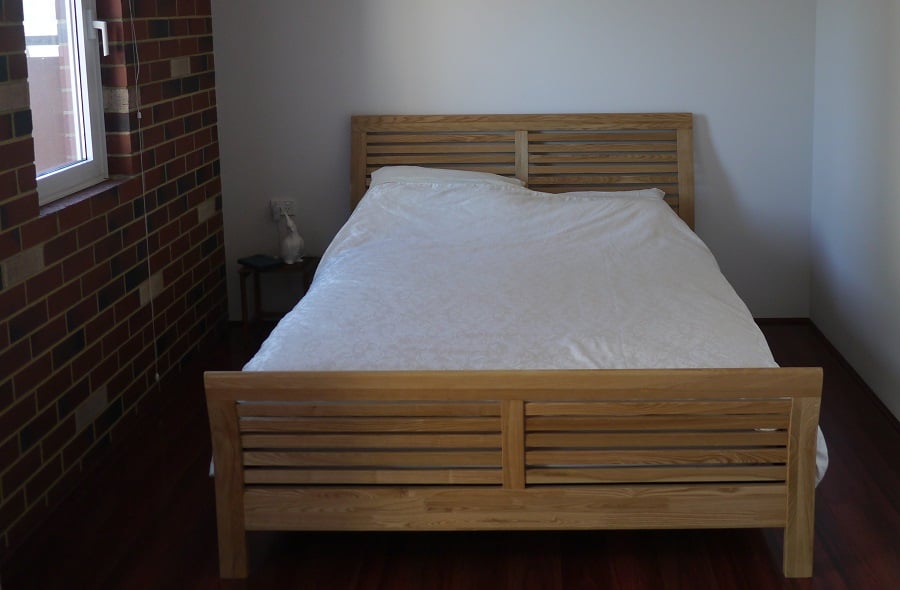
The side tables were purchased from an eBay seller who restores furniture and the bed and mattress from Gumtree.
Clothes Rack and Chest-of-Drawers
When we bought our flat there was supposed to be a huge built-in wardrobe across the entire length of the bedroom. Knowing we wouldn’t use it, we requested it not be built, and found this clothes rack on Gumtree instead which takes up a fraction of the space.
The chest of drawers has had many uses in its life: from junk to board games to tools – it is now in the bedroom. It was restored by the seller who replaced the top with 70s laminate : /
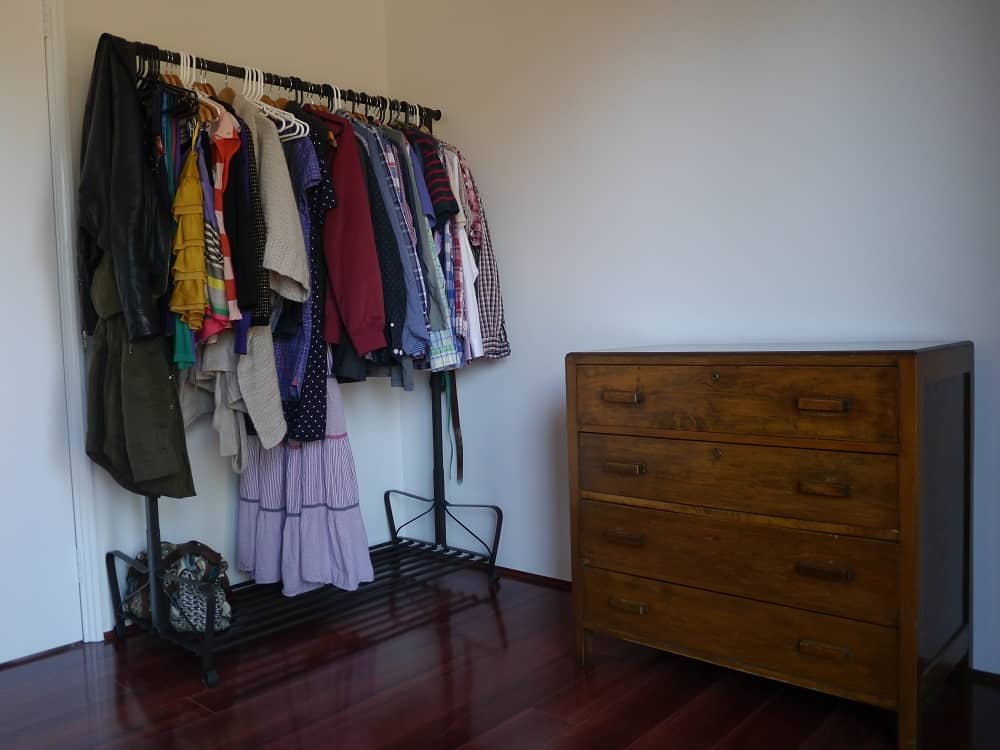
The rack is a current Ikea model and at any stage there seems to be at least 5 on Gumtree. I wish more people shopped second-hand!
The Desk and Chair
I remember when we picked up the desk from a Gumtree seller, she was having a party and there must have been 50 people in her house! The desk had seen both her kids through school and onto university, and she was pleased to hear I was studying and it would continue to enjoy its life. Now it’s my work desk.
The chair is one of our dining chairs. I cannot see the point in owning a separate office chair.

The desk and chair.
The Dining Table
This table was an Ikea table that we bought second-hand, and was still flat-packed in the owner’s garage. It came with four chairs: the fourth chair lives with my desk. I’m not a fan of Ikea but at least this table is actual timber, rather than laminate. We’ve been saying that we will upgrade now we’ve moved and have space to fit more than 4 people in the flat, but we never seem to rush these things…
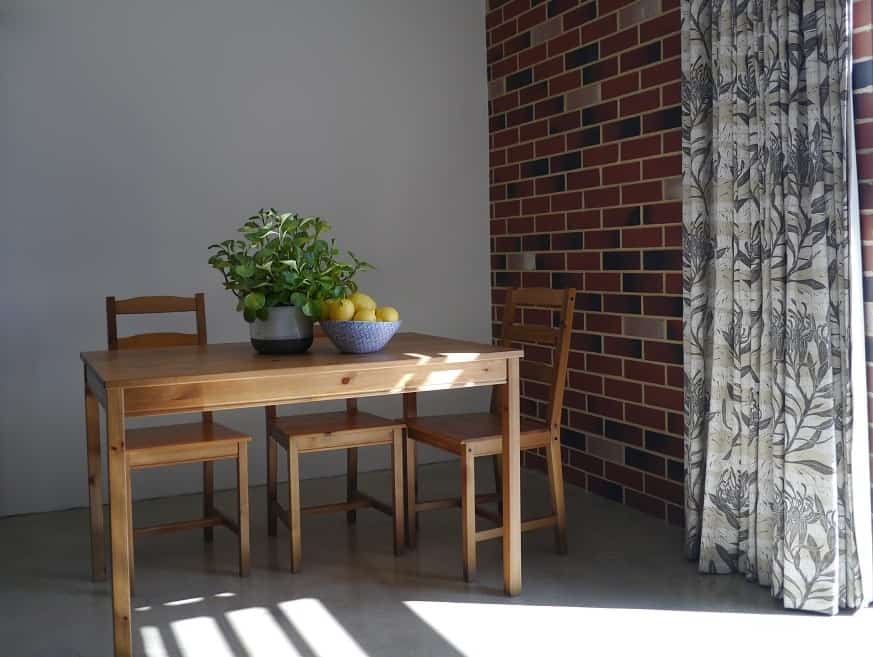
Our dining table.
The Seating Area
Our seating area is a bit of a mish-mash of things, but it does the job. The chair on the right was technically my husband’s before he moved to the UK. He gave it to his parents, who kept trying to give it back to him when we moved here. Eventually we had room for it, and so we took it back. He did buy it new but to me it’s second-hand!
The sofa was our old neighbours who left it in our last flat when she moved out (we moved across the hall). She’d either found it on the verge, or paid $10 for it at a second hand store. My husband was never keen on it, and it was super worn out with itchy cushions, but the frame is solid. We decided to get it reupholstered. We probably should have waited until we moved to choose the colour, and it wasn’t done quite how we asked, but it’s definitely given it a new lease of life.
The chair on the right we gained from a swap table at a local event. We took a stainless steel pot with a lid that doesn’t work on our induction cooktop (shame, I liked that pot). We weren’t going to take anything in return, but then we spotted the chair and thought it could come in handy. It kinda just sits there awkwardly, but it does get used!
In between the sofa are the two other tables from the nest of 3. We call them the tiny tables as I hadn’t checked the dimensions when we bought them and I thought they’d be much bigger. I went to the shop with my mother-in-law and we were asking the guy if we’d need to put the back seat of the car down – he looked at us like we were crazy. Turns out I could fit them in my lap! This is the only second-hand item I’ve probably paid too much for.
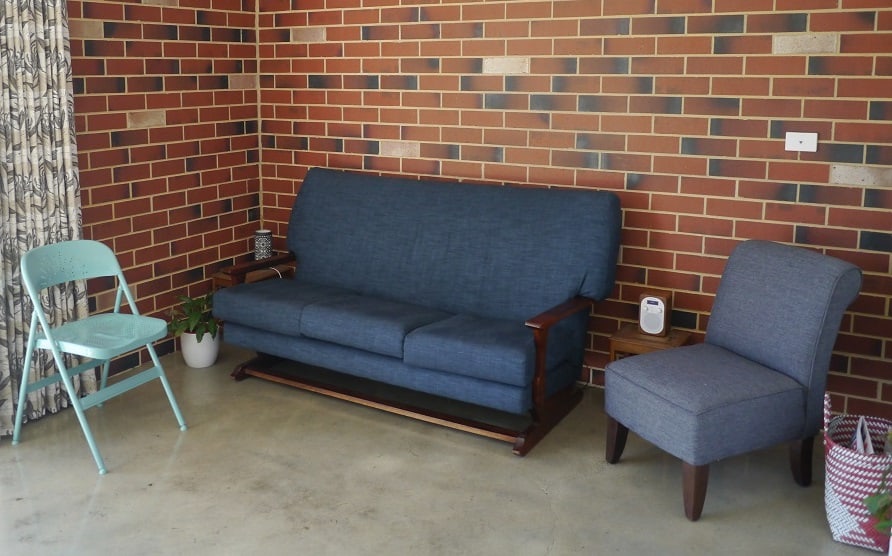
Random chair collection and the nest of tables.
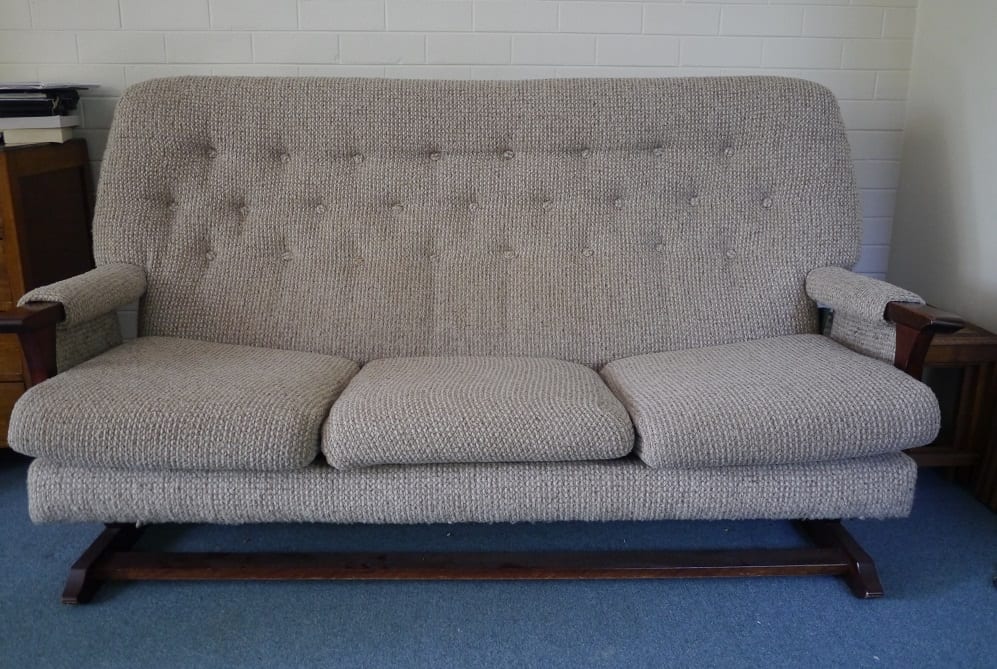
Just to give you some comparison, this is the old sofa before it was reupholstered. It was very sunken!
Whilst all the furniture is second-hand, not everything in our home is. Our original washing machine and fridge were both second-hand, but when we moved to our new flat we chose to buy new (I discussed why here).
We also bought some new things from before our zero waste days: our dinner plates and bowls, for example. Even since our zero waste days, there is the odd new purchase. Most recently (by which I mean, April) I bought some indoor plant pots.
Whilst I’d love for everything I own to be second-hand, sometimes it just isn’t convenient enough. I’m not perfect, and I’m okay with that. It’s something to work towards ;)
Now I’d love to hear from you! Tell me, do you shop second-hand? What things do you choose second-hand, and what things do you choose new? What are your top reasons for choosing this? What is your favourite second-hand purchase? Have you had any bad experiences with buying second hand? Have you had any bad experiences buying new, for that matter?! Anything else you’d like to add? Please leave a comment with your thoughts below!
[leadpages_leadbox leadbox_id=1429a0746639c5] [/leadpages_leadbox]

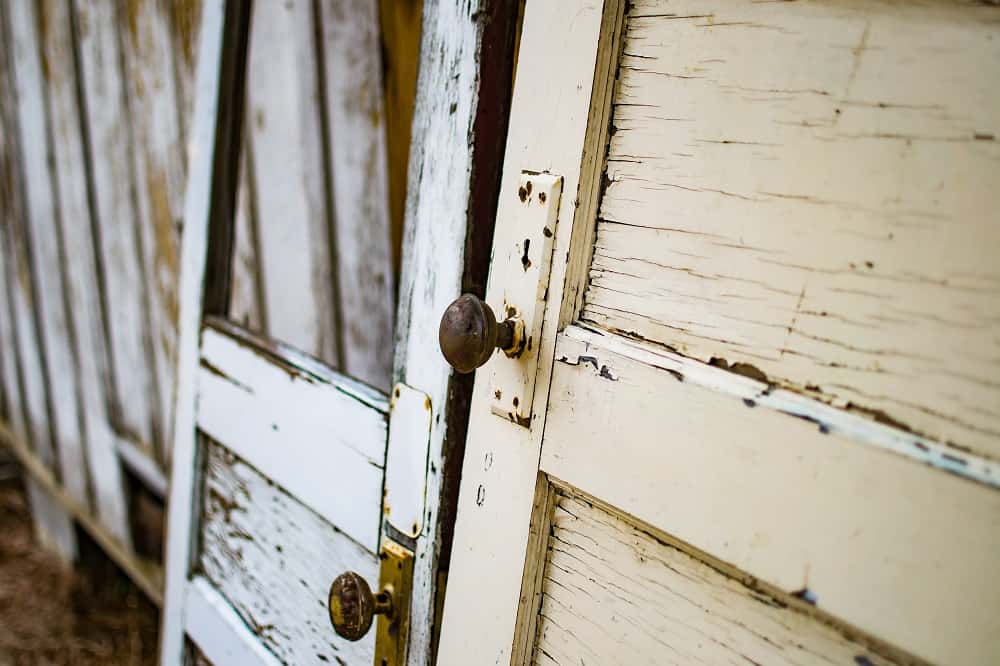

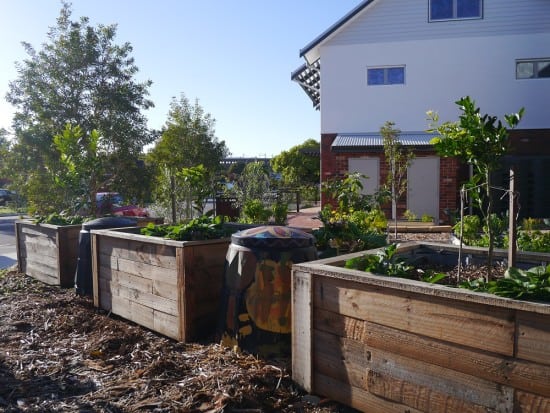
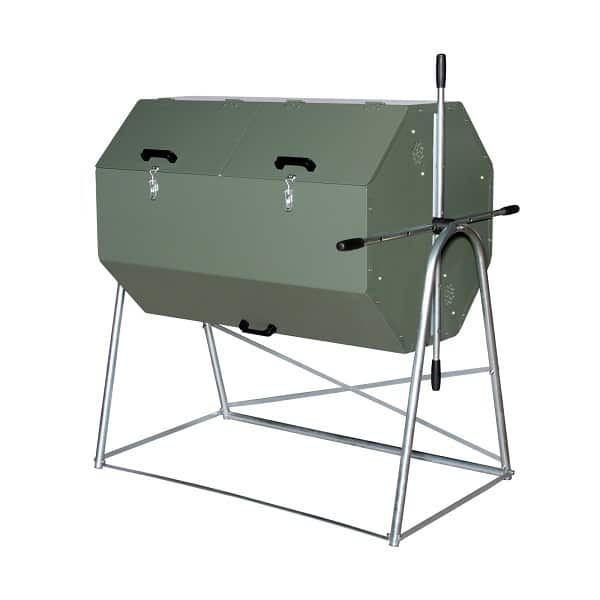
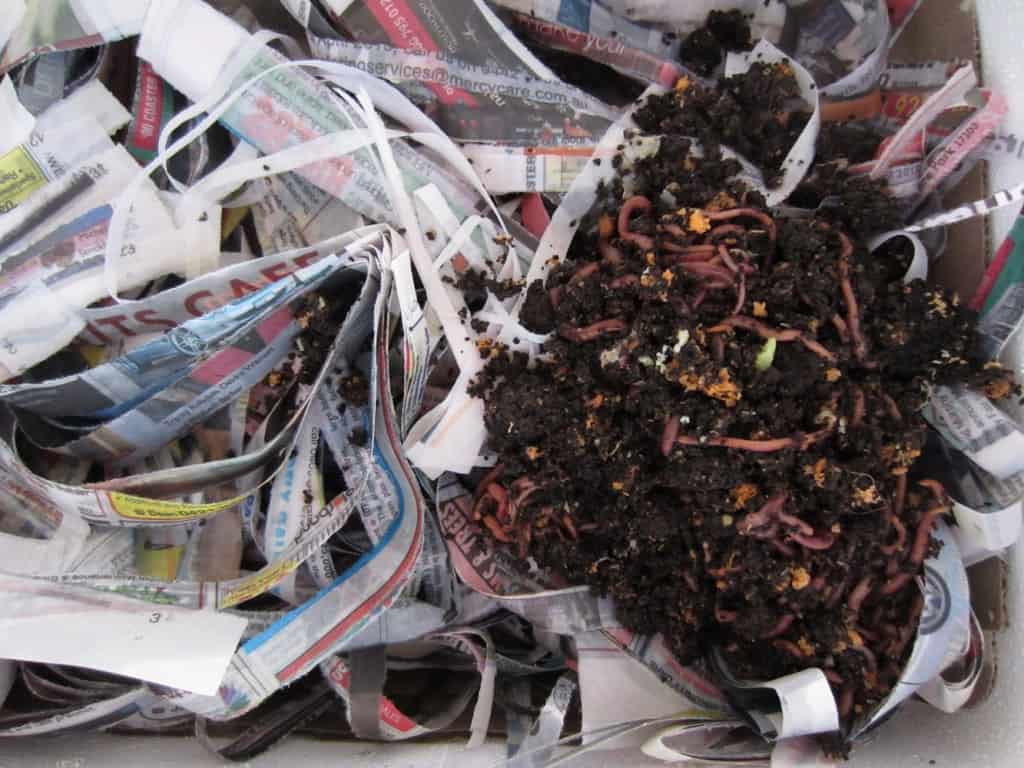
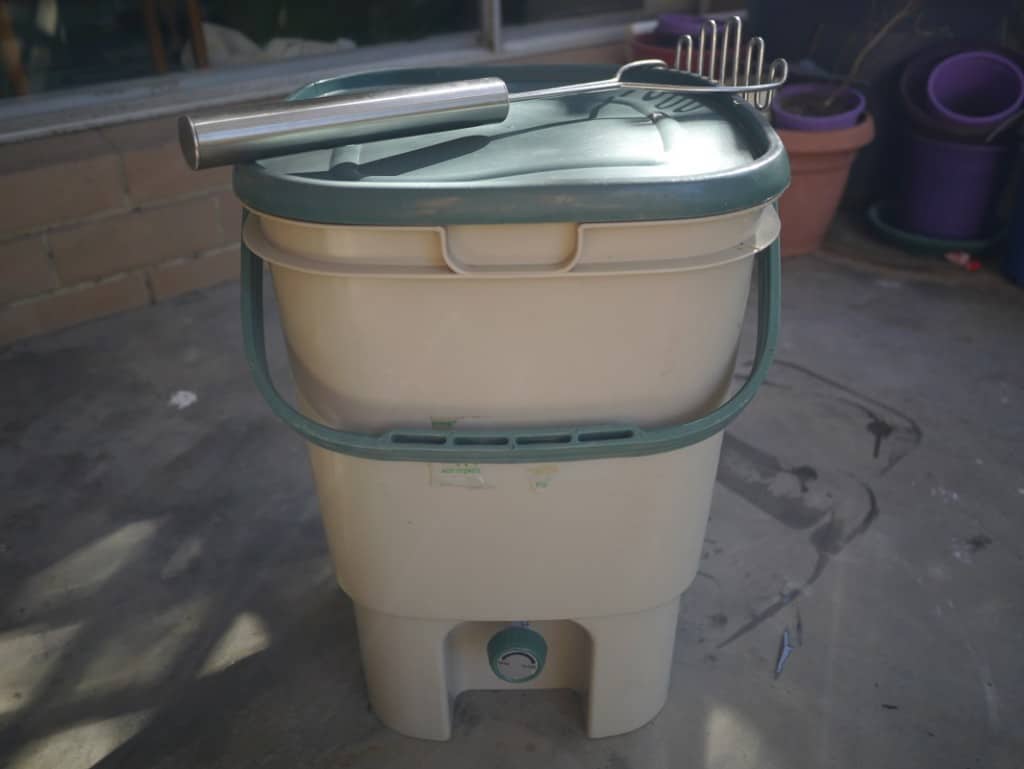
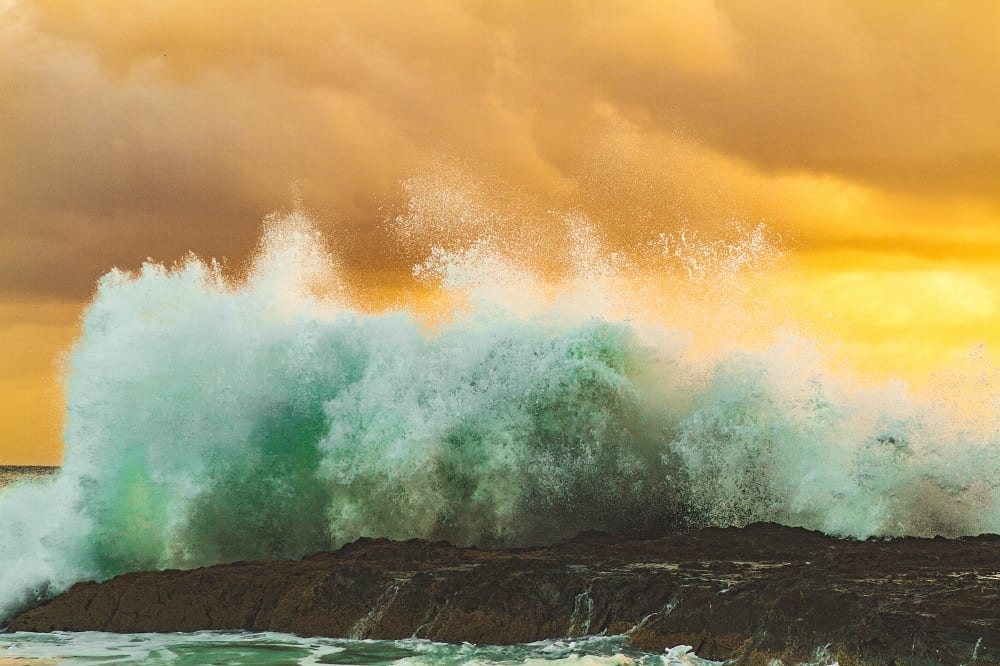

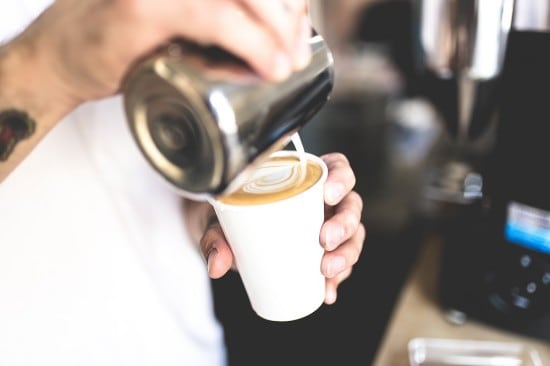

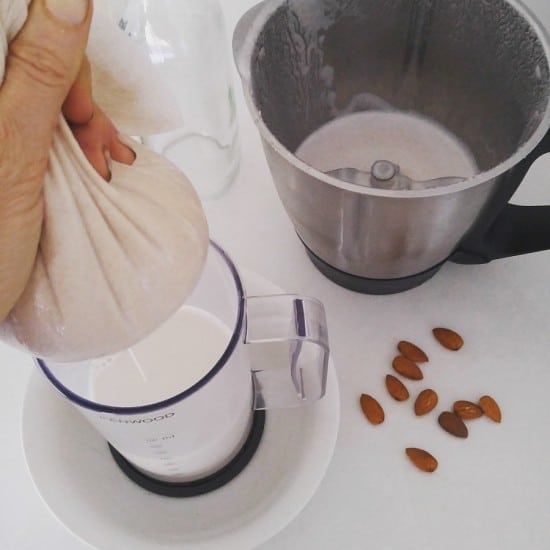
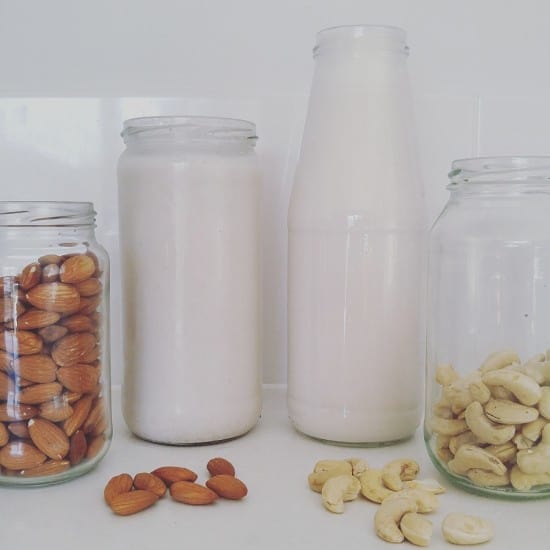

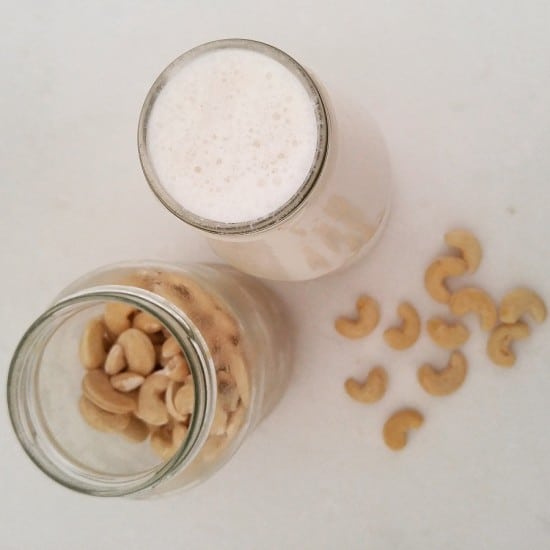
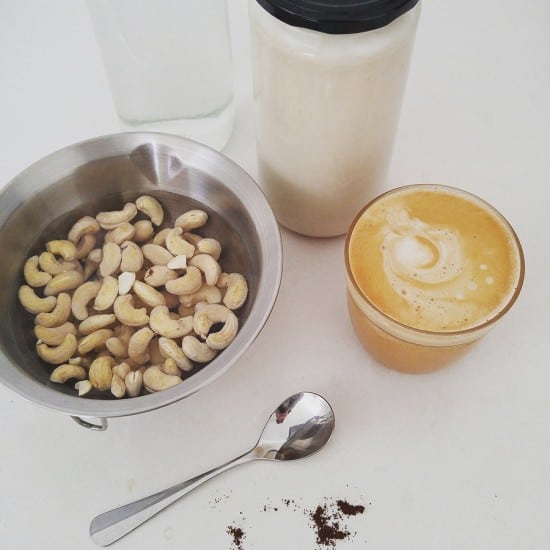
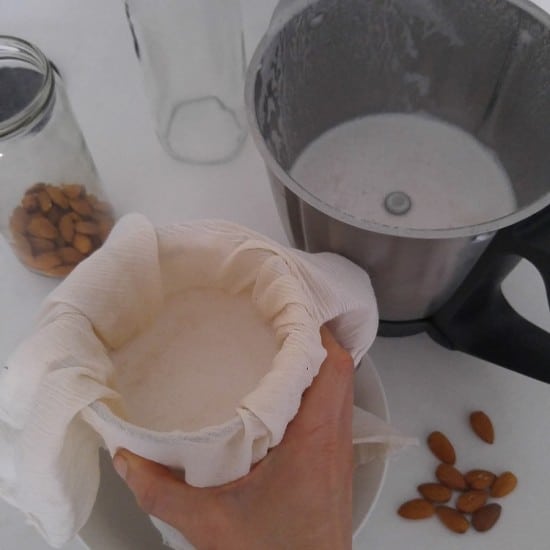
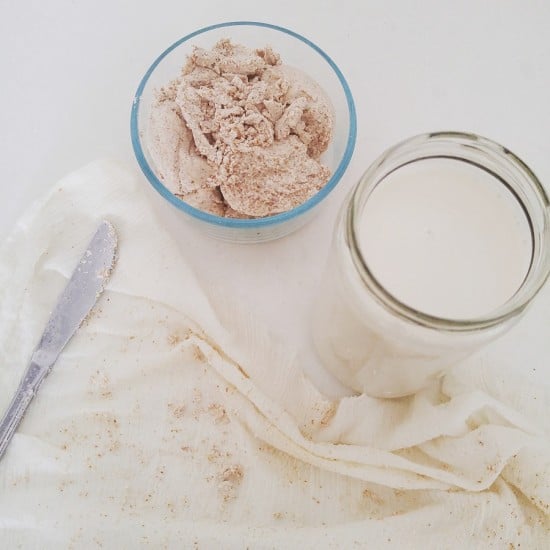
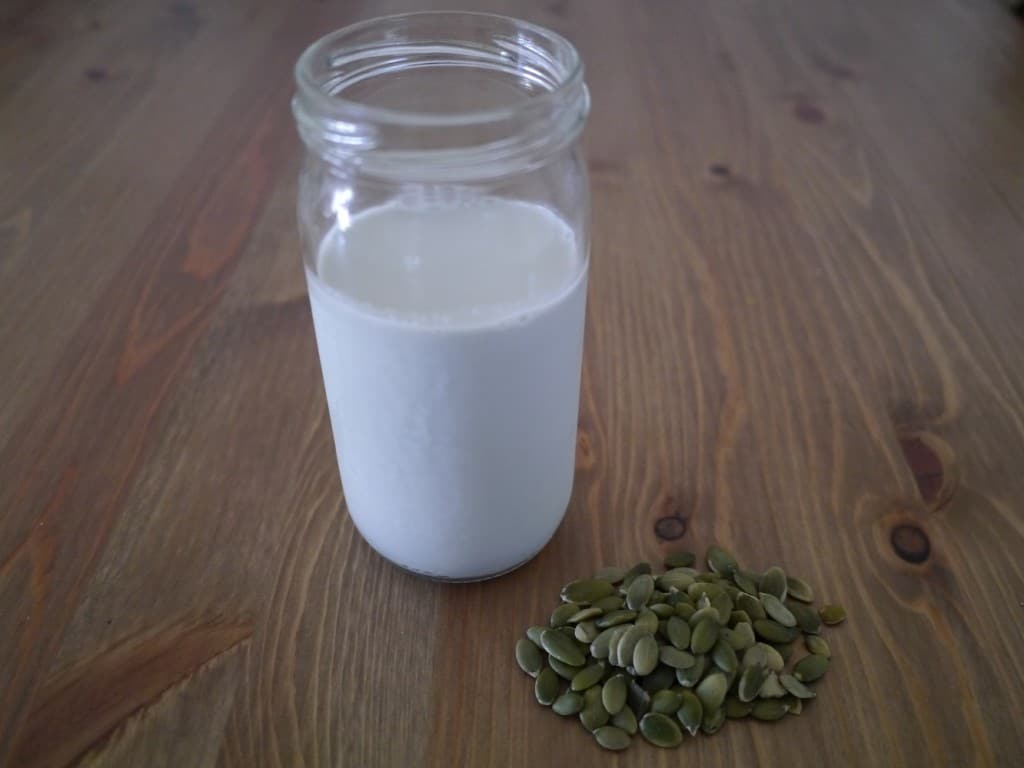
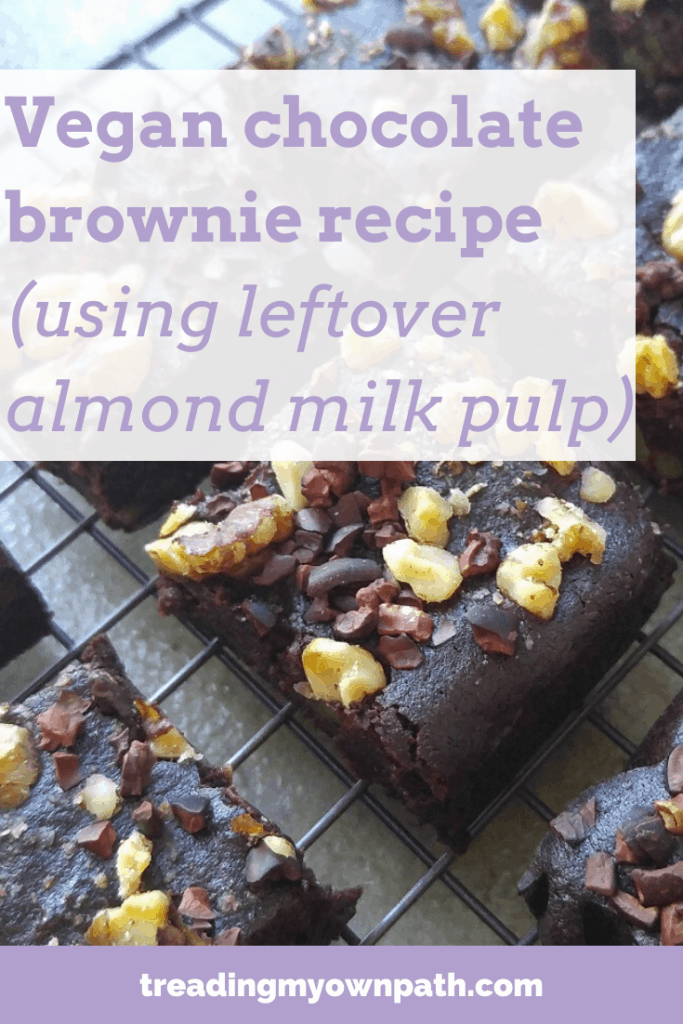
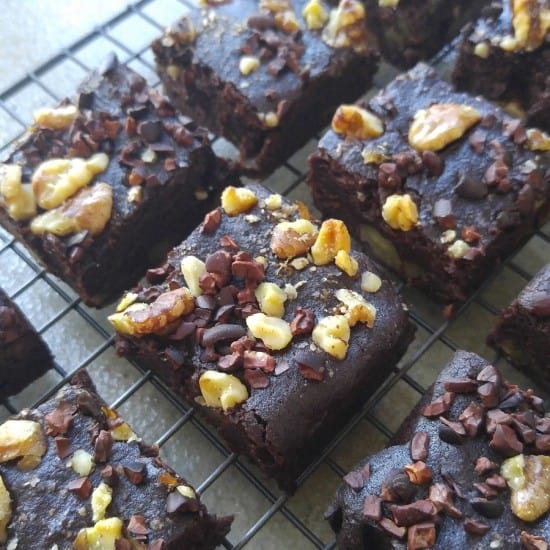
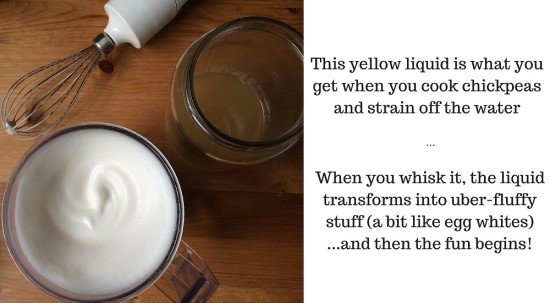
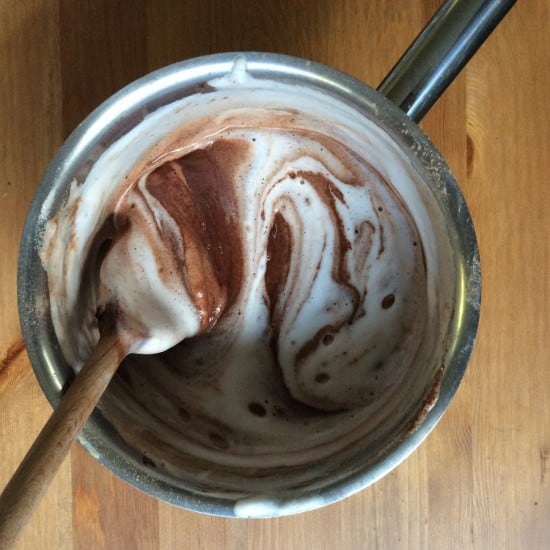
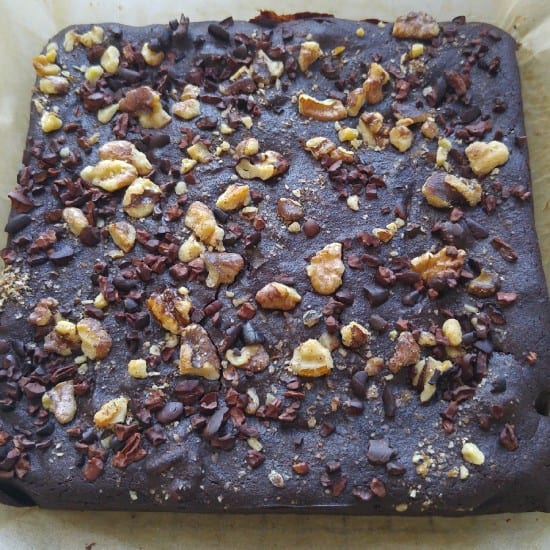
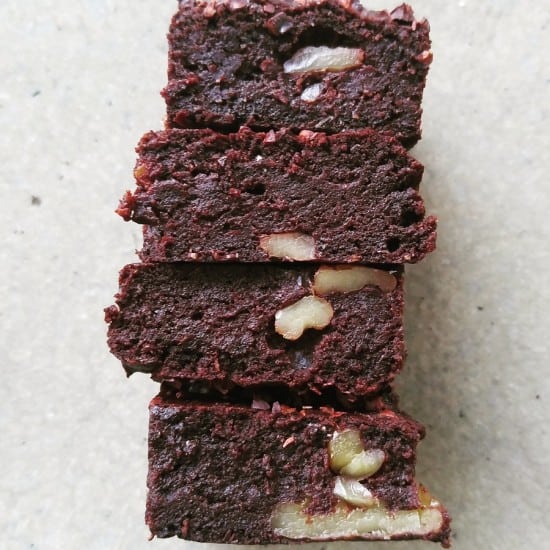



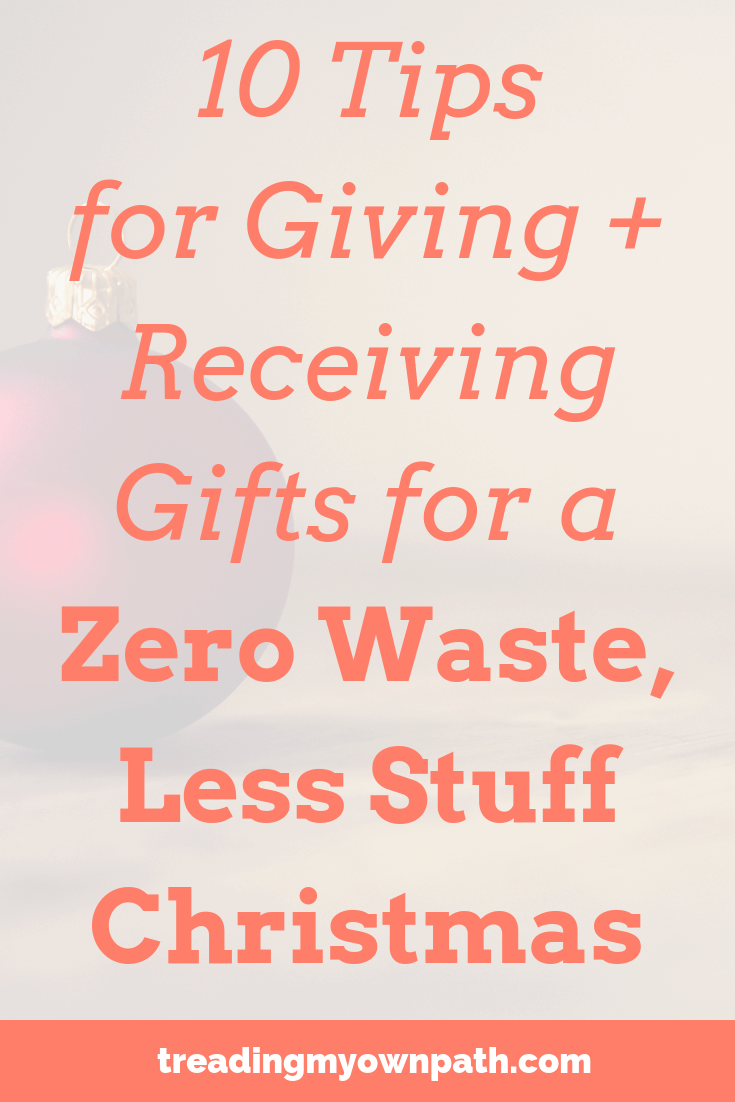
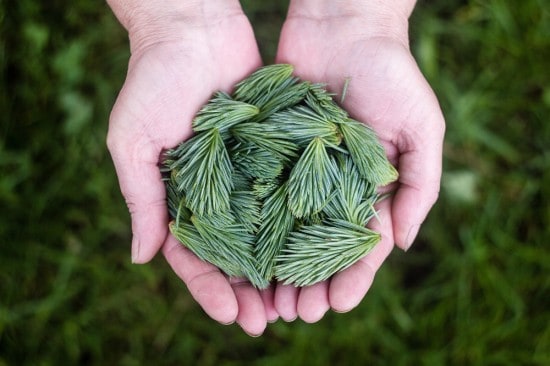
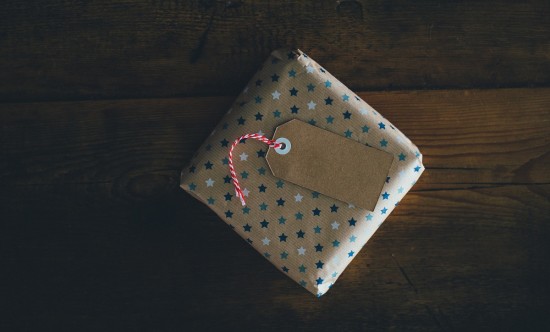

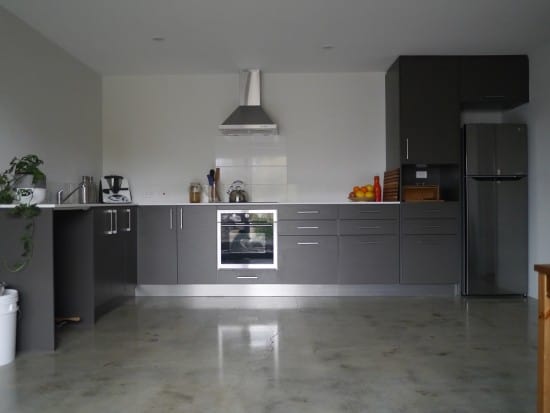
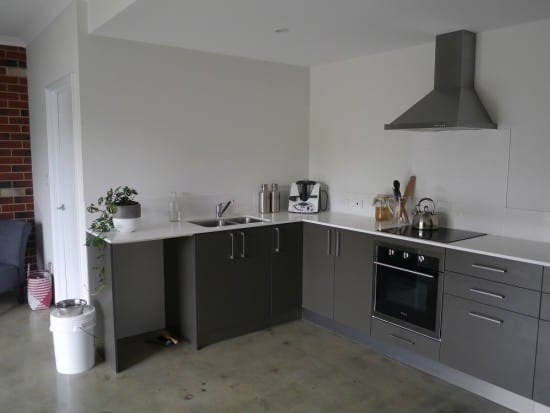
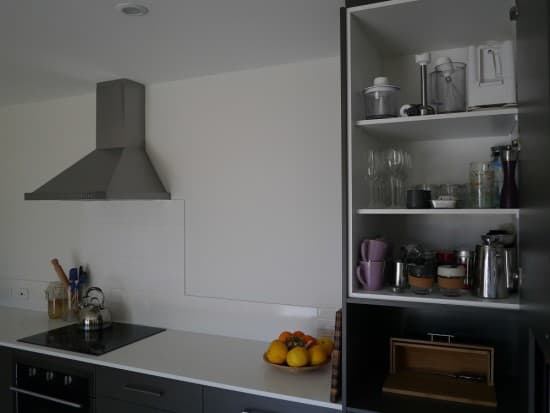
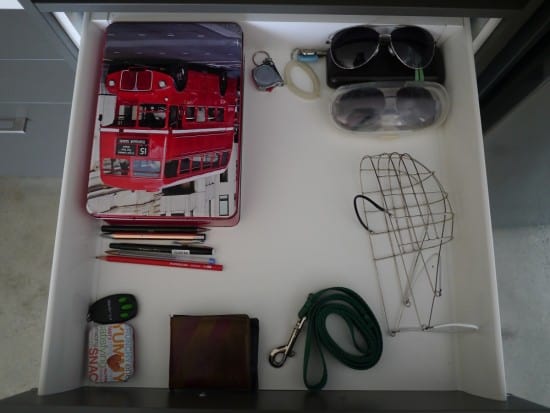 Drawer 1: I guess the top drawer in our kitchen would be classed as our junk drawer. We keep Hans’ (our adopted greyhound) lead and muzzle in here, sunglasses, garage clicker, pens and seeds. As we had so many drawers that weren’t that useful for much else it made sense to keep this stuff here.
Drawer 1: I guess the top drawer in our kitchen would be classed as our junk drawer. We keep Hans’ (our adopted greyhound) lead and muzzle in here, sunglasses, garage clicker, pens and seeds. As we had so many drawers that weren’t that useful for much else it made sense to keep this stuff here.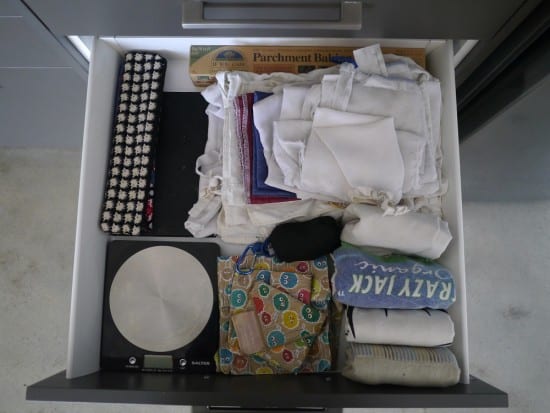
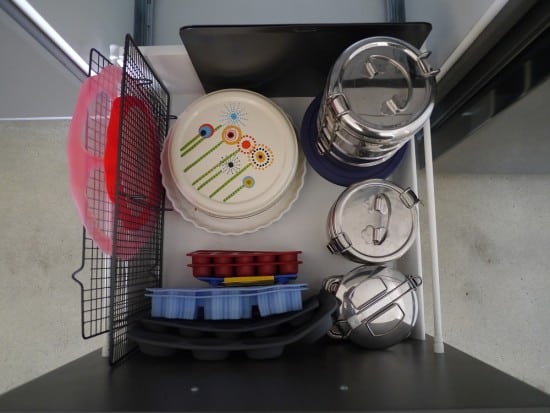
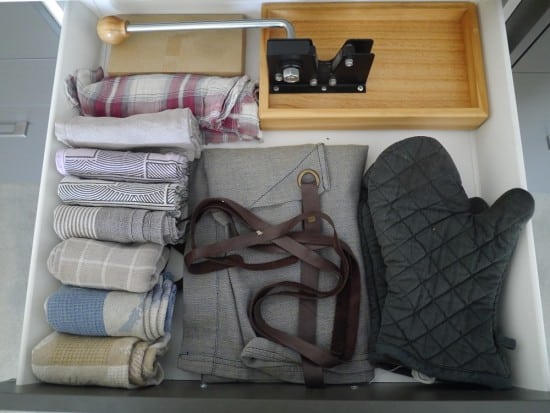
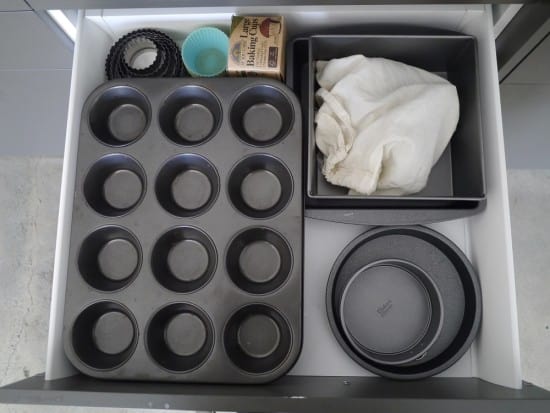
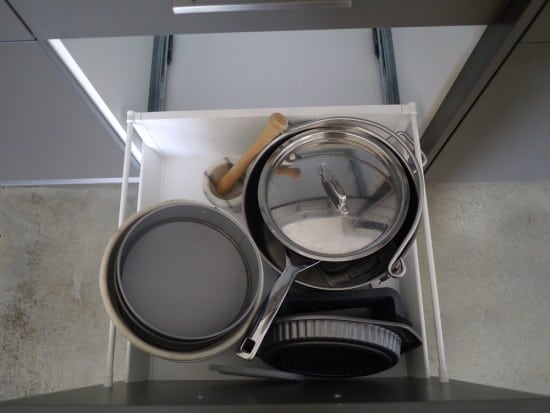
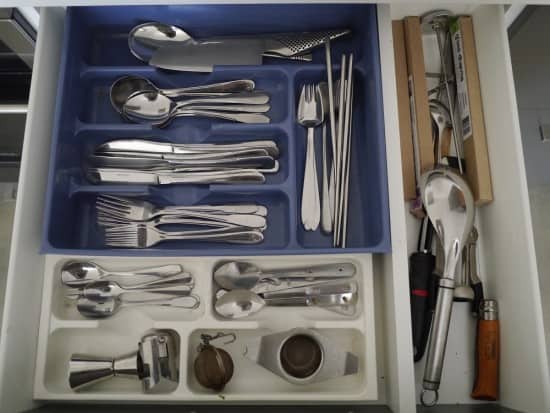 Drawer 7: Much as I hate plastic, I dislike a jumbled cutlery drawer more. And there seemed no point discarding what we already had to buy something new and plastic-free.
Drawer 7: Much as I hate plastic, I dislike a jumbled cutlery drawer more. And there seemed no point discarding what we already had to buy something new and plastic-free.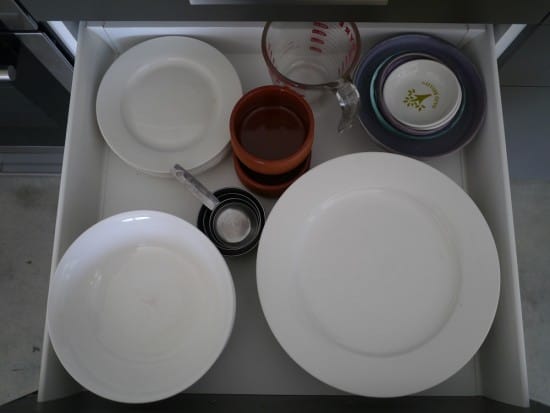 Drawer 8: our crockery. We have 6 dinner and side plates, and 5 bowls as one broke (which is fortunate as the drawers are too shallow to hold six bowls). There’s my set of measuring cups, a Pyrex measuring jug and assorted bowls and dishes that get used for various things. The two brown ones were the containers for some fancy dips purchased at the supermarket!
Drawer 8: our crockery. We have 6 dinner and side plates, and 5 bowls as one broke (which is fortunate as the drawers are too shallow to hold six bowls). There’s my set of measuring cups, a Pyrex measuring jug and assorted bowls and dishes that get used for various things. The two brown ones were the containers for some fancy dips purchased at the supermarket!